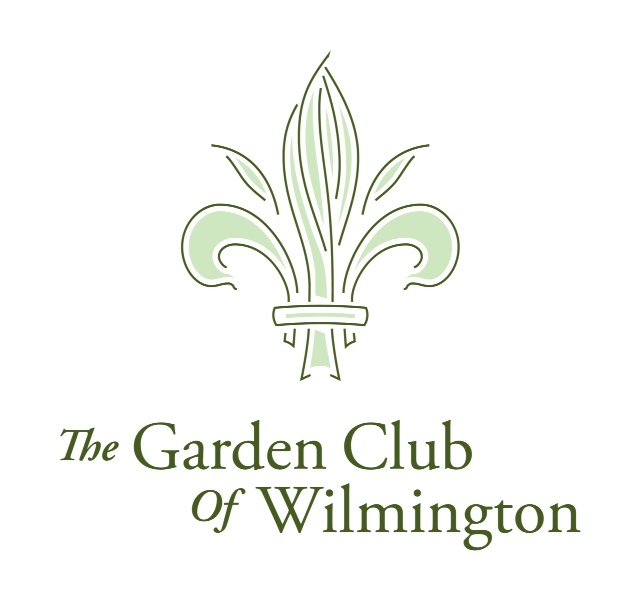At the recent Zone V Mini Meeting, each of the clubs in Zone V exhibited a display, highlighting an issue pertinent to the subject of the Conference. As part of the meeting each club created an exhibit of their choosing. The exhibits reflect the mini meeting theme ‘A Nod to Natives, sustaining our birds, bees and trees’. This was an opportunity to assemble a display that might be used again by the club and was a chance to show the club’s creative strengths.
GCW’s Exhibit at the Zone V Mini Meeting
Dr. Richard Lightly, one of the Club Advisory Committee members, has taken on an extensive renovation of the fields and woods around Coniston/Kendal aimed at rejuvenating open spaces for birds/insect habitat with an emphasis on the eradication of invasive and planting of natives. This exhibit highlighted that restoration project. It was a joint effort between the Conservation Committee and the Horticulture Committee. The intent of the exhibit was: Saving and Restoring the Coniston Woodland: Lessons learned from seven years of vine suppression, large invasive shrub removal and replanting a woodland with native trees.
Special thanks go to Dr. Richard Lighty for the documenting and researching the project, as well as Cecelia Habgood for all of the spectacular artwork.
Other Clubs in the Zone featured exhibits on other issues, such a pollinator habitat.






